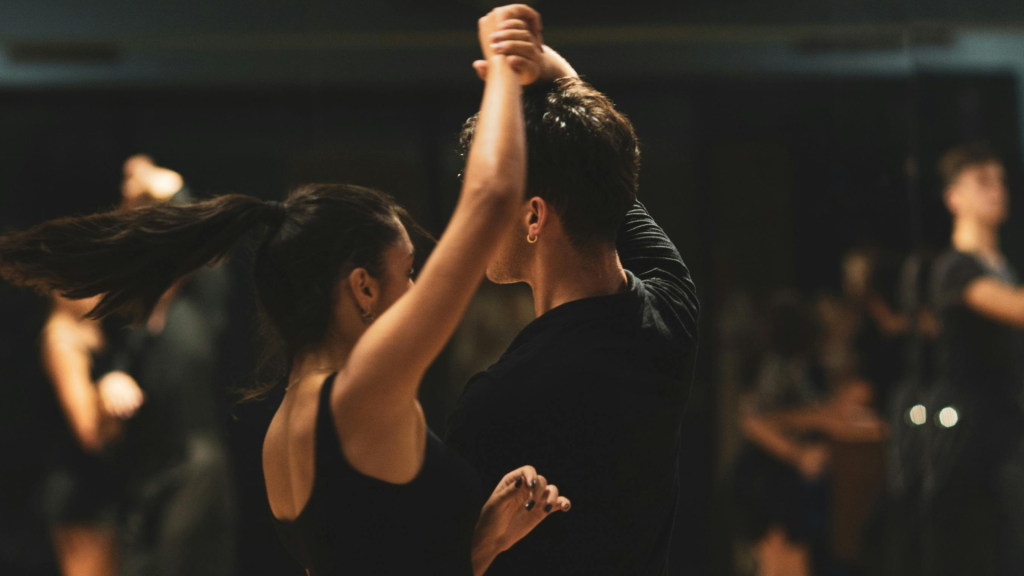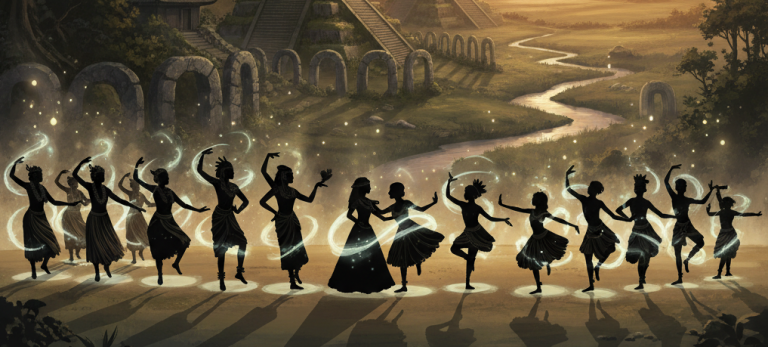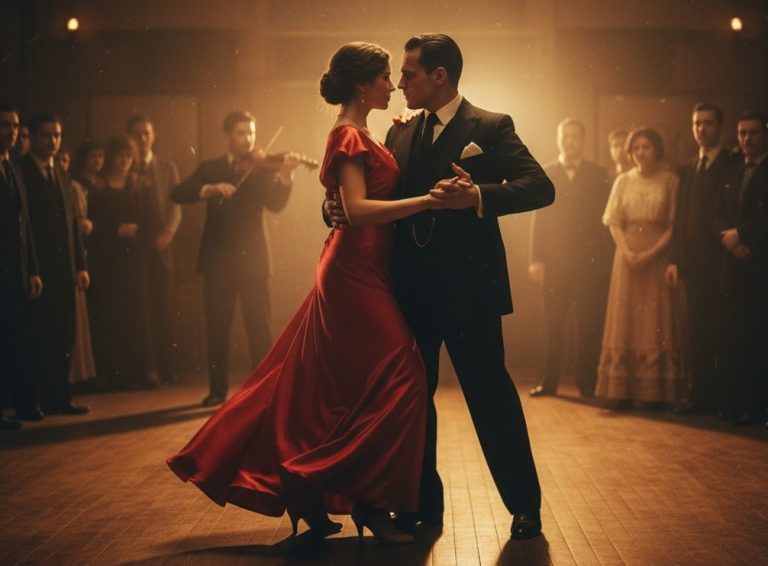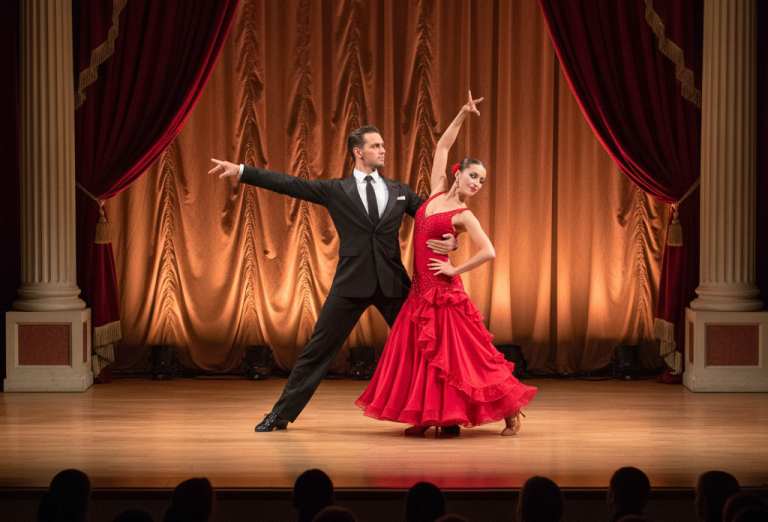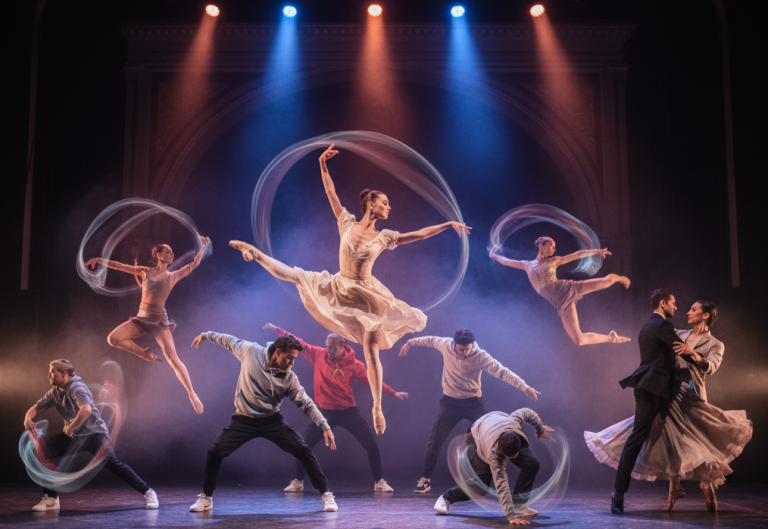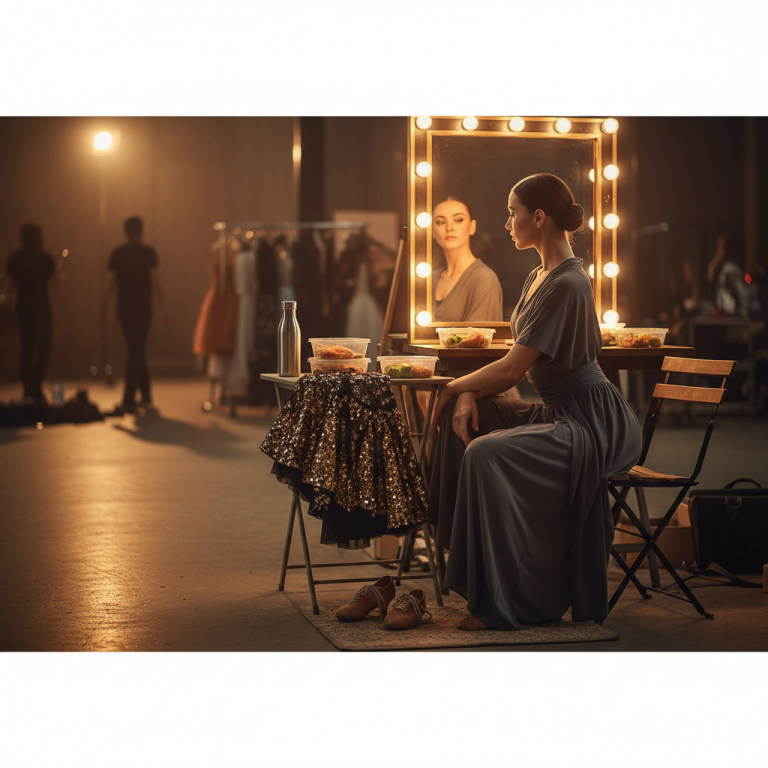The Shocking Truth About Ballroom Dancing That No One Talks About
Ballroom dancing has always been marketed as the epitome of grace, romance, and sophistication. Think of glittering ballrooms, sequined gowns, flawless spins, and elegant smiles under glowing spotlights. To the audience, ballroom appears effortless—a living fairytale where two people move as one, telling stories of passion and romance without saying a word.
But here’s the shocking truth: behind the sequins and spotlights, ballroom dancing is a world of sacrifices, politics, illusions, and hidden struggles. What most people see on stage is only a fraction of the reality that dancers face every single day.
This is not to strip away the beauty of ballroom—because yes, it is beautiful. Rather, it’s to reveal the raw, unpolished side of the dance world that makes that beauty possible. If you’ve ever wondered what really goes on behind the curtain, keep reading.
Ballroom: More Than Just Dance
To understand why ballroom dancers endure so much, it’s important to know what ballroom dancing really is. While the casual viewer sees it as just another form of dance, professionals know it’s more like a blend of sport, art, and theater.
As a sport: It demands stamina, flexibility, strength, and precision.
As an art form: It requires expression, storytelling, and stage presence.
As theater: It involves costumes, makeup, lighting, and the illusion of romance or drama.
This combination makes ballroom both enchanting and brutal. Unlike many other dance styles, ballroom doesn’t just rely on individual performance—it depends on a partnership. Two dancers must move together in perfect harmony, balancing not just technique but also personality. That alone creates its own challenges.
Behind the Glitter: The Brutal Reality
When the lights hit, dancers seem flawless. But the truth behind the performance is very different.
The Chemistry Illusion
One of the most alluring parts of ballroom dancing is the fiery chemistry between partners. Whether it’s the passion of the rumba, the tension of the tango, or the elegance of the waltz, audiences are convinced they’re witnessing real romance.
But here’s the reality: most of the time, that chemistry is just an act.
Professional dancers are trained to project passion, love, and tension on the floor—even if, behind the scenes, they barely get along. Many partnerships are purely professional arrangements. Some dancers are close friends, some are distant colleagues, and some can’t even stand each other.
Yet, their job is to make you believe in the story. The connection you see is often the result of years of rehearsals, not real romance. It’s performance magic, not personal reality.
The Dark Side of Competitions
Competitions are the lifeblood of ballroom dancing. They’re where reputations are built, rankings are decided, and opportunities are created. But competitions come with a darker side.
Politics and Favoritism
While talent matters, connections often matter just as much. Judges may have long-standing preferences for certain dancers, studios, or coaches. In some cases, dancers quietly admit that results can feel predetermined—winners known before the first song even plays.
Costs and Inequality
Competing isn’t cheap. Entry fees, costumes, travel expenses, and coaching sessions add up quickly. Wealthier dancers or those with supportive sponsors often have an advantage simply because they can afford more training, better costumes, and higher-profile coaches.
Emotional Pressure
Months of preparation all come down to a few minutes on stage. The stress of perfection—knowing one misstep could ruin everything—takes a heavy toll on dancers’ mental health. Many report feelings of anxiety and burnout, though it rarely shows on stage.
The Financial Burden
Behind the glamour is a staggering financial reality. Here’s a glimpse at what competitive ballroom can cost:
It’s not uncommon for dancers to spend tens of thousands of dollars each year on their craft. Yet the prize money, if any, is rarely enough to cover these costs. Many dancers support their careers by teaching, taking side jobs, or relying on family support.
The Psychological Toll
The physical and financial sacrifices of ballroom dancing are obvious, but the mental toll is often overlooked.
Perfection Pressure
Dancers live under constant scrutiny—not only from judges but also from audiences and even their own partners. The demand to always look flawless creates a cycle of pressure and self-doubt.
Partnership Struggles
Unlike solo dance forms, ballroom requires two people to work in sync. This means dealing with not only technical challenges but also emotional ones. Miscommunication, personality clashes, and disagreements over choreography can strain partnerships to the breaking point.
Burnout
The combination of financial strain, physical exhaustion, and emotional stress leads many dancers to burn out. Some leave the competitive world entirely after just a few years, unable to sustain the lifestyle.
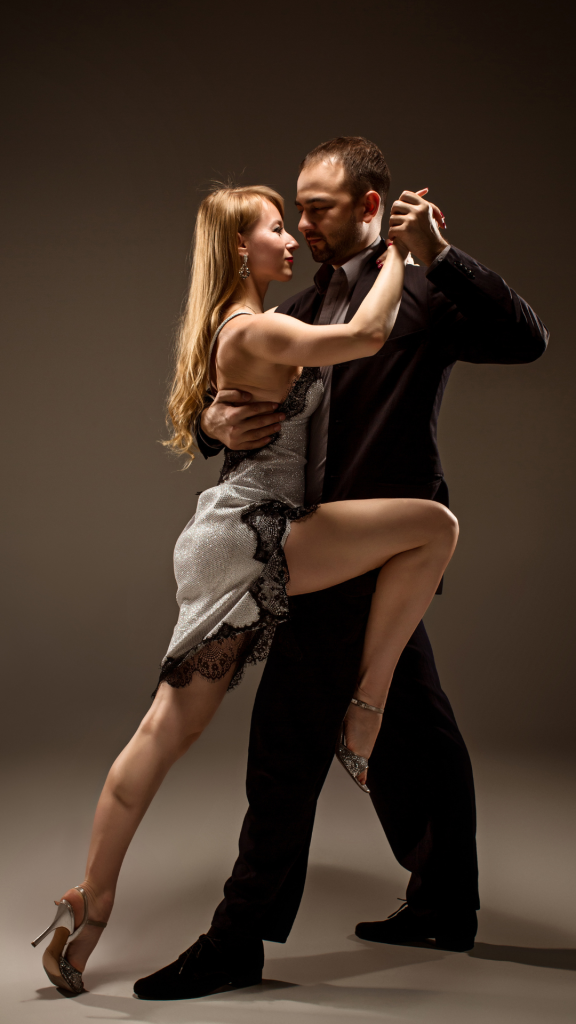
Why Dancers Endure It
Given all these struggles, you might wonder: why do dancers put themselves through it? The answer is passion.
For those who truly love ballroom dancing, the beauty of the art outweighs the hardships. The thrill of performing under the spotlight, hearing the applause, and knowing they’ve moved the audience makes every sacrifice feel worth it.
There’s also the sense of community. Despite rivalries, the ballroom world is full of friendships, mentorships, and shared experiences. For many dancers, the hardships become part of a journey they wouldn’t trade for anything.
The Illusion That Inspires
Here’s the final truth: yes, ballroom dancing is full of hidden struggles. But the illusion is not meaningless. In fact, it’s the illusion that makes ballroom so powerful.
The ability to take years of sweat, pain, and sacrifice and turn it into five minutes of breathtaking beauty is what makes ballroom magical. The audience doesn’t need to see the exhaustion or the injuries—they just need to believe in the story.
And maybe that’s the point. The illusion doesn’t erase the struggles—it transforms them into something unforgettable.
Ballroom dancing isn’t just a glamorous performance. It’s a world built on dedication, sacrifice, politics, and illusion. The shocking truth is that behind every flawless performance is a dancer who has endured pain, financial stress, and emotional battles.
But perhaps that’s why ballroom continues to captivate us. Because behind the illusion of perfection is the reality of resilience. Every spin, every dip, every smile is a testament to the human ability to create beauty despite hardship.
So the next time you watch a ballroom performance, remember: you’re not just seeing art. You’re seeing strength disguised as grace. And that’s the real shocking truth about ballroom dancing.
-
Payment Processors Compared for Dance Studio Manager (DSM)
PROCESSORS BEST FOR PRICING MODEL HARDWARE WHY IT WORKS WELL INSIDE DSM Paystri (DSM Preferred Partner) Studios wanting personalized rates, high customer support, and a strong DSM relationship. “Meet or beat” pricing for DSM users Often competitive for both low and high-volume studios Chip / swipe / tap readers (varies by region) DSM has a…
-
-
-
-
Are Dancers the Ultimate Multi-Sport Athletes?
Sport Key Skills Overlap with Dance Basketball Vertical jump, agility, coordination Jump height, lower-body strength Soccer Endurance, footwork, rhythm Aerobic capacity, movement timing MMA/Boxing Reaction time, body control Real-time adaptation, neural speed Gymnastics Balance, flexibility, choreography Shared technical elements Figure Skating Flow, control, artistry Same fusion of sport + art Track & Field Explosive power,…
-


